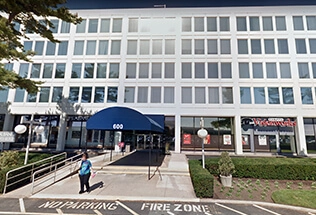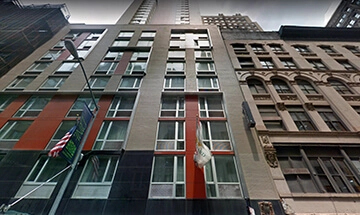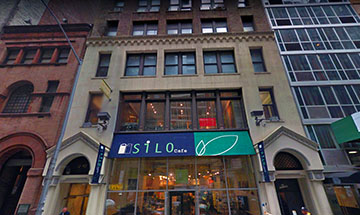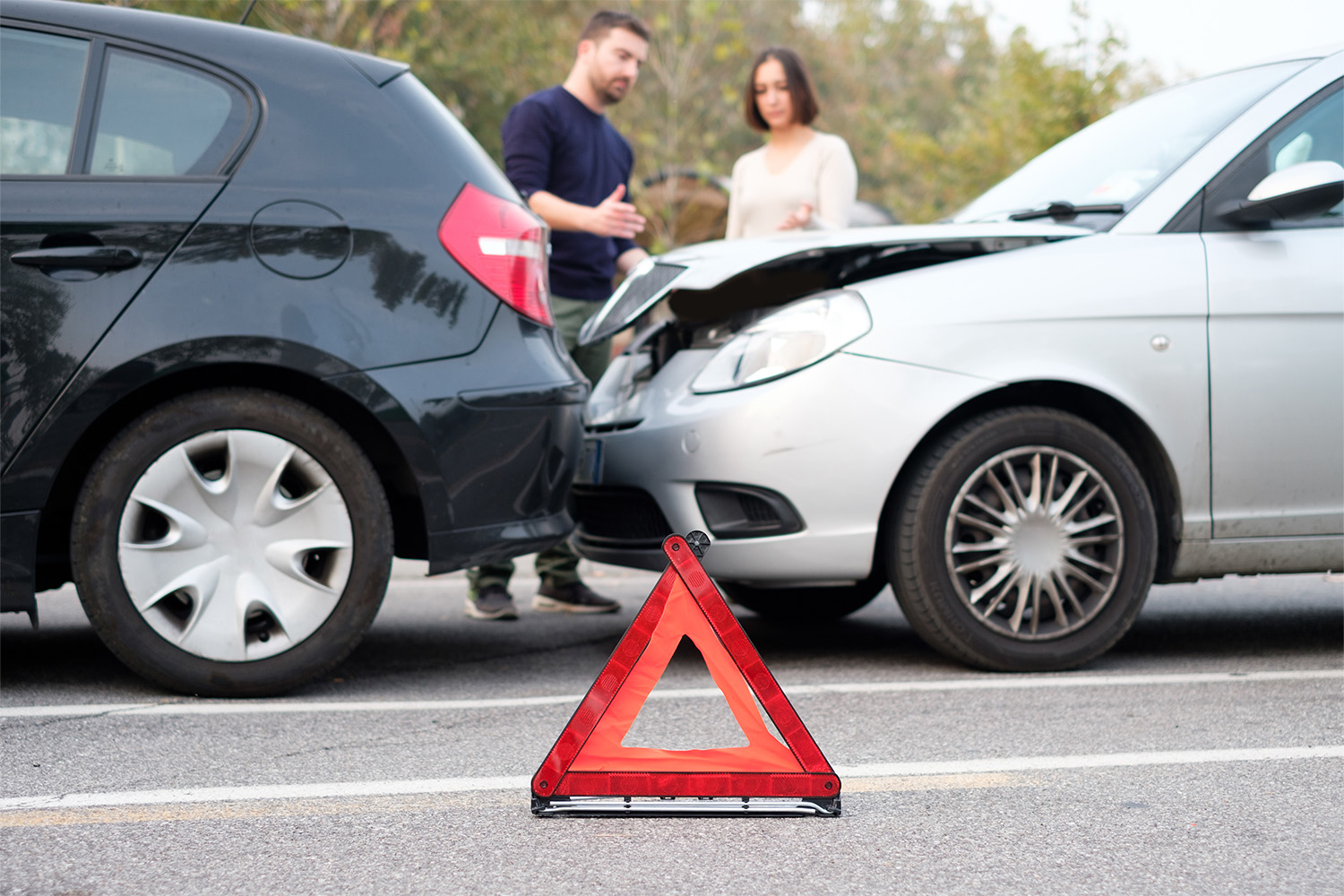Most car accident lawsuits settle when the injured party recovers damages from the defendant’s insurance company. This is doubly true in New York, which is a no-fault state. This means insurance payments are generally the surest way injured plaintiffs can recover compensation for their auto accident-related damages.
But what if a car accident claim’s damages exceed auto insurance limits? Occasionally, if the victim’s injuries are especially severe, this can happen. Read on for more information about how to recover excess damages when needed, or contact Schwartzapfel Lawyers today at 1-516-342-2200 for a free consultation, case evaluation, and so much more!
How Insurance Payments Work for Car Accident Lawsuits
After a standard auto accident, each party’s insurance company will foot the bill for damages they may have caused (whether partially or completely). For example, if Party A is found to have caused $5,000 worth of damage or caused injuries that led to medical bills equaling that amount, that party’s insurance company will pay the victim $5,000.
That’s because New York is a no-fault car insurance state. Most drivers are not allowed to sue one another for injuries or property damages except under specific circumstances.
If you can file a car accident lawsuit against a defending party, payments still work the same way in most cases. Every legal driver in New York has auto insurance policies up to certain coverage limits. For example, every legal driver has to have Personal Injury Protection (PIP) insurance of up to $50,000 per person, according to New York State law.
Note: Provided the requested damages are within those limits, the insurance company will typically pay whatever the requesting party is entitled to.
What If the Claim Is Higher Than Your Insurance Limits?
However, medical bills and repair costs for property damage can sometimes be higher than auto insurance limits. When this occurs, the at-fault party is still “on the hook” for paying the plaintiff what they are owed according to the judge or jury’s verdict (or according to the settlement reached by both parties).
Note: There are three (3) ways in which the plaintiff can recover damages from the defendant beyond what their insurance company pays.
Personal Contributions From the Defendant
First, the defendant can make personal financial contributions to the plaintiff. This can take several different forms depending on the defendant’s finances, their current savings, and any arrangement both parties reach with or without the assistance of their attorneys.
For instance, a defendant might be ordered to pay the plaintiff by:
- Having their wages garnished (i.e., a percentage of each paycheck they receive for the foreseeable future will be deducted to pay the plaintiff over time)
- Having a lien put on their property, which will eventually be sold to generate money to be paid to the plaintiff
In some cases, the defendant can simply pay the plaintiff outright. If, however, the defendant doesn’t have enough money to pay what the plaintiff requests or is entitled to, they may have to develop another arrangement.
To determine whether a defendant can afford what they owe, judges typically request detailed financial records from them, as well as information on any assets they may maintain.
For more on this and related topics, call Schwartzapfel Lawyers now at 1-516-342-2200.
Excess or Over Limits Verdict
Sometimes, auto insurance companies don’t behave properly or pay what they are supposed to. If an insurance company has the chance to settle coverage disputes within their coverage limits but doesn’t do so, they put the personal assets of legal policyholders at risk.
This is a type of bad faith” behavior, as it shows that the insurance company is putting its own financial interests ahead of those of its policyholders. Therefore, the judge or jury may make an excess verdict.
The excess verdict may result in auto accident defendants losing their retirement savings, home, vehicle, and other assets to pay what they owe a plaintiff. Naturally, this is a disaster for the plaintiff in any auto accident case.
You should know, however, that if this happens to you or someone you love, you may benefit from contacting knowledgeable legal representatives who can go to court on your behalf and take your insurance company to trial.
Bad Faith Claim Against the Insurer
If the above happens and a defendant is subject to an excess verdict, they may make a bad faith claim against their insurer. In essence, they will claim that the insurance company is not doing its duty and is putting its own interests ahead of the defendant’s.
If successful, the defendant may recover compensation from the insurance company, which they can use to pay the plaintiff in their auto accident case. As this process can get very complex, it is incredibly important that you consult a qualified auto accident attorney immediately.
The right legal team can minimize the chances of an excess verdict occurring in the first place, as well as guide you through the insurance negotiation process, if needed. That’s why Schwartzapfel Lawyers has gained the trust of New Yorkers just like you over the years. Our attorneys know exactly what to do to defend you against insurance companies acting in bad faith. Contact us today for a free case evaluation online or at 1-516-342-2200.
The Reality of Seeking Personal Contributions From a Defendant
Although it is possible to recover damages from guilty or negligent parties in auto accident lawsuits, it’s important to maintain a realistic perspective throughout the process. Simply put, if a defendant doesn’t have money to pay you, there’s no reliable way to recover money from them later on (especially if they declare bankruptcy).
This is one reason why New York requires legal drivers to carry uninsured or underinsured motorist insurance policies. These policies specifically protect drivers from suffering financial harm in the event they are involved in an accident with an underinsured or uninsured motorist.
For instance, say you are involved in an accident; your medical bills total $150,000. However, the defendant in the case runs out of money from their insurance policy and doesn’t have much in terms of savings, stocks, and other assets that can be liquidated for damages.
If this occurs, there’s little you can do aside from paying for your remaining medical bills out of pocket. While it’s possible the judge could require the defendant to undergo wage garnishment in the future, there’s no guarantee that this will be enough to cover your medical costs.
Bottom Line: While it’s possible for car accident claims to yield damages in excess of in-place insurance limits, that doesn’t guarantee you’ll ever see that money or be able to use it to cover your bills.
How To Collect Excess Damages
If you are the plaintiff in a car accident lawsuit, and the defendant in the case simply doesn’t have enough money to cover what you require for your medical bills or other expenses, there are alternative means to pursue financial compensation. Depending on your legal counsel, you may be advised to choose one or both of the following routes.
Sue More Defendants
First, you can hold more than one party legally and/or financially responsible for your damages. You can sue more defendants, like the other drivers involved in the accident, the manufacturer of a vehicle or vehicle parts, or even medical professionals who may have committed medical negligence or malpractice while providing care to you.
If you try to sue multiple defendants, they may be held jointly and severally liable for all the damages you believe you are owed. For instance, if two defendants in a joint lawsuit have separate insurance policies totaling $50,000, both policies can be combined to pay up to $100,000 in damages.
Naturally, this route is only available when multiple negligent parties are involved in a case. Your lawyers can tell you whether or not this is possible for your lawsuit by assessing your case’s circumstances, potentially liable parties, and more.
Dial 1-516-342-2200 now for your free consultation and/or Schwartzapfel Lawyers case evaluation!
Umbrella Insurance Policies
In any auto accident lawsuit, several insurance policies could be active at once, particularly if the defendant in a case is a large business or corporate entity. They may have a so-called umbrella policy” that goes above the other insurance coverage(s) they may hold.
Umbrella insurance policies are supposed to apply specifically in circumstances where damages may go above original or specified policy limits. For example, a company may have a maximum of $150,000 for liability protection. They may have an additional $100,000 umbrella policy for extra protection.
The first policy pays up to $150,000, and the umbrella policy kicks in when necessary to cover extra damages if the company is found to be liable for damages in an auto accident case.
While umbrella insurance policies are most common among businesses and companies, some private individuals do hold them. Again, your lawyers can tell you whether or not this is a viable route to securing the compensation you are entitled to.
Contact Schwartzapfel Lawyers Today
If you need to recover excess damages beyond what a defendant’s insurance policy covers, remember: youhave options. You can recover enough compensation to pay for your medical bills and other expenses, especially when you hire Schwartzapfel Lawyers to fight for you in and out of court.
With 150+ years of combined experience, we have successfully recovered millions of dollars in settlement amounts for our clients and can do the same for you, should you need high-quality legal representation in court, arbitration, or other legal proceedings.
For a free case evaluation and so much more, contact us today online or at 1-516-342-2200!
Sources:
Schwartzapfel Lawyers, P.C. | Fighting For You™™
Minimum Auto Insurance Requirements | Department of Financial Services
Uninsured and Underinsured Motorist Coverage | Allstate
excessive verdict | Wex | US Law | LII / Legal Information Institute
















